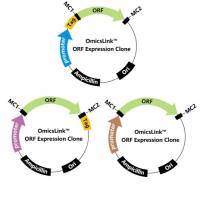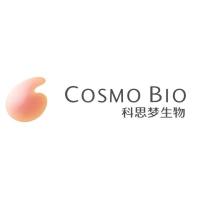Microscopy Tools for Quantifying Developmental Dynamics in Xenopus Embryos
互联网
520
Early Xenopus embryos, and embryonic tissues isolated from them, are excellent model systems to study morphogenesis. Cells migrate, change shape, and differentiate to form new tissues as embryos mature and recapitulate those same processes in tissue isolates. Both large-scale and small-scale cell and tissue movements can be visualized with a range of microscopy techniques. Furthermore, protein dynamics, fine-scale cell movements, and changes in cell morphology can be observed simultaneously as multicellular structures are sculpted. We provide an overview of complementary methods for visualizing macroscopic tissue movements, cell shape changes, and subcellular protein dynamics. Time-lapse imaging followed by quantitative image analysis aims to provide answers to some of the long-standing questions in developmental biology: How do tissues form? How do cells acquire specific shapes? How do proteins localize to specific positions? To address these questions we suggest strategies (1) to visualize whole embryos and tissue isolates using stereoscopes and epifluorescence imaging techniques, and (2) to visualize cell shapes and protein expression using high-resolution live imaging using confocal microscopy. These imaging approaches along with simple image analysis tools provide us with ways to understand the complex biology underlying morphogenesis.









